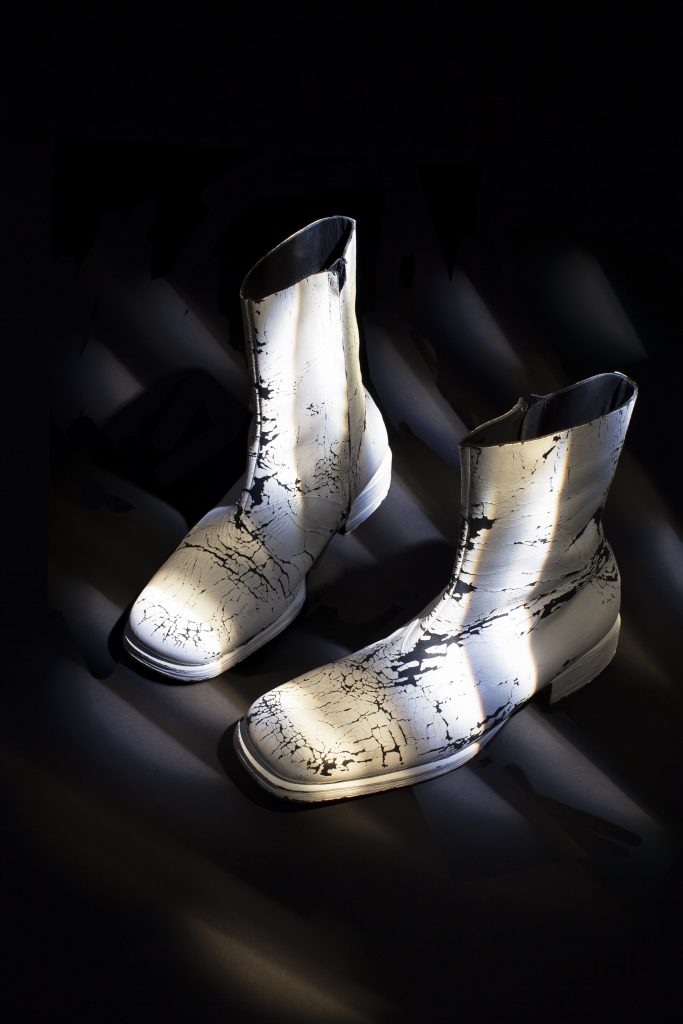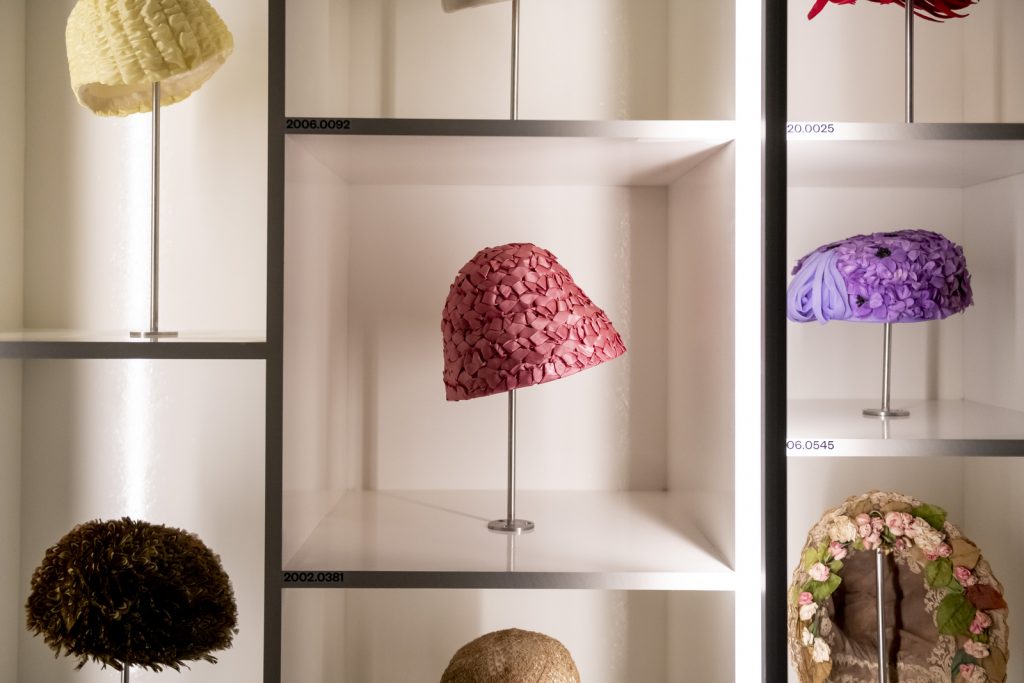Fabric, colour, decoration, cost, and availability of materials help to shed light on the period in which an item was made or worn. They also hint at the tastes, personality, and back- ground of the wearer.
Before the widespread use of synthetic materials, such as rayon in the 1930s, most clothing was made from natural fibres like wool, silk, linen, and cotton. The way these textiles were dyed, printed, embroidered, and woven also helps to accurately date them.
Over time, materials and decorations may acquire a different status and evoke different connotations. Leopard print—now found in virtually all fashion items, from prints and embroidery to (faux) fur and leather—has been part of the fashion scene since ancient Egypt, where it was associated with feminine divinity. Once considered the height of sophistication, the print now evokes connotations ranging from sexy and elegant to trashy, classy, innovative, and mainstream. Fur was consid- ered a status symbol for centuries but lost some of its appeal in the twentieth century when ethics started to trump fashion.
Some designers have a special preference for certain mate- rials, designs, and fabric treatments. In this theme we reveal the story behind the artistic drawing of a 1920s Zimmerman ensemble, we explore Paco Rabanne’s unconventional use of materials, and we examine the whimsical print of a Norine silhouette from the late 1930s.
Colours are ascribed various symbolic meanings. In Western (Christian) culture, white is associated with innocence, purity, and eternity, as well as concepts such as peace and faith. Due to these positive connotations, white plays a prominent role in momentous and joyous occasions, such as baptisms and weddings. Groups who historically fought for justice, such as the suffragettes in the early twentieth century, also incorporated white into their outfits. Fashion uses this well- known symbolism of innocence, honesty, and purity, but ascribes new meanings and sentimental value to it as well.
Sometimes unconventional materials are used. In times of scarcity, such as wartime, alternatives were often sought and garments were made from unexpected materials. In addition, the act of recycling can be a statement against wasteful consumerism. A good example of this is Maison Martin Margiela’s ‘Artisanal’ collection, which offers an idiosyncratic take on haute couture.







